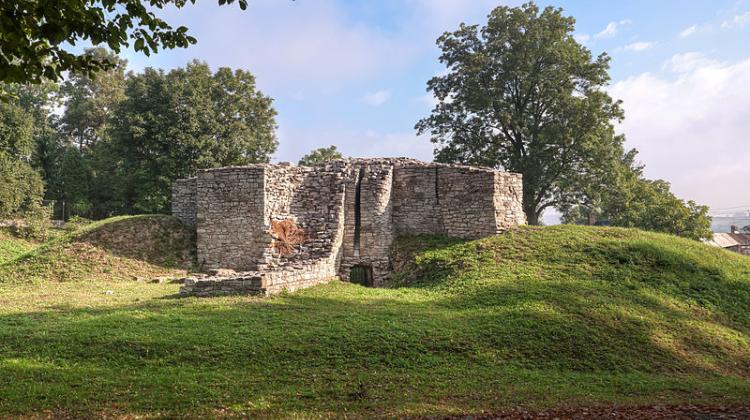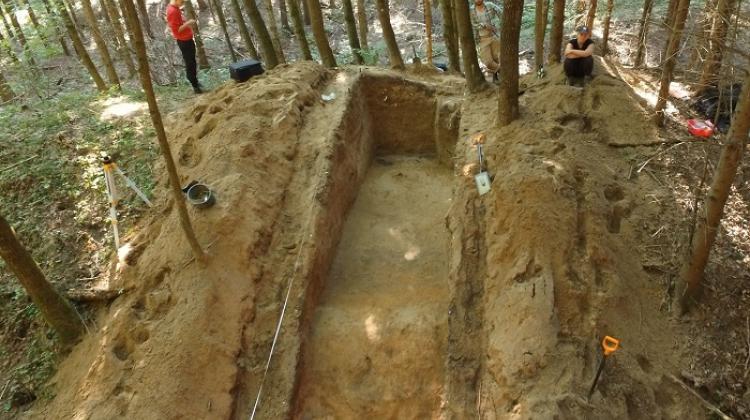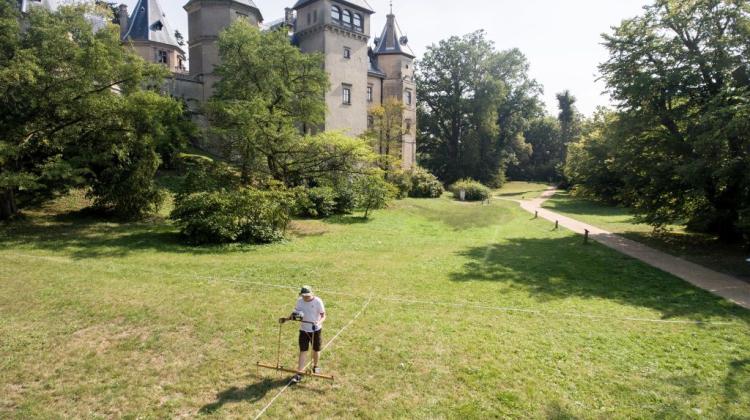The castle in Sławków had two escape tunnels

The second escape tunnel was discovered by archaeologists during the recent work in the ruins of the castle in Sławków (Silesia). During the siege of the castle the tunnel could be used to escape, bring help and transport provisions and weapons.
"It seemed that we already knew everything about the castle in Sławków. It was thoroughly studied in the 1980s, and in 1990 an archaeological reserve was created there. Some elements, however, remained unexplored - it is a conscious decision of archaeologists made in the hope that new test methods will be developed over time" - explained the head of the project funded by the City of Sławków, Dr. Jacek Pierzak.
Archaeologists returned to work, when the city authorities decided on a wider availability of the castle to tourists; plans include the construction of entrance stairs. "Precisely in this place, the wall of once 13-meter tall residential-defensive tower with a thickness of 2.3 m was opened up, connecting the interior with a tunnel with vaulting covered with lime mortar" - told PAP Dr. Pierzak.
The presence of the tunnel was the more surprising to researchers that earlier in the castle ruins another tunnel had been discovered, covered with a stone vaulted ceiling and masked with embankment. "You have to remember that such tunnel allowed to escape, send for help, or transport provisions and weapons, but in the event of its discovery by the enemy it posed a risk of an attack on the tower" - said the archaeologist.
Further research in the tunnel discovered this year is planned for next year. Dr. Pierzak speculates that the discovery could change the plans concerning making the object available to tourists, the project will probably need to be revised.
The castle in Sławków dates back to the second half of the thirteenth century. It was built by the Bishop of Kraków, Paweł of Przemankowo. Brick residential tower was built on a square plan with dimensions of 11 by 12 m, the walls had a height of 13 m, and thickness of 2.3 m.
According to Dr. Pierzak, the tunnels could date back to the early fourteenth century, the time of violent conflict between the Bishop of Kraków Jan Muskata who supported the Czechs, and King Władysław I the Elbow-high.
PAP - Science and Scholarship in Poland
lun/ mow/ mrt/
tr. RL
Przed dodaniem komentarza prosimy o zapoznanie z Regulaminem forum serwisu Nauka w Polsce.

















